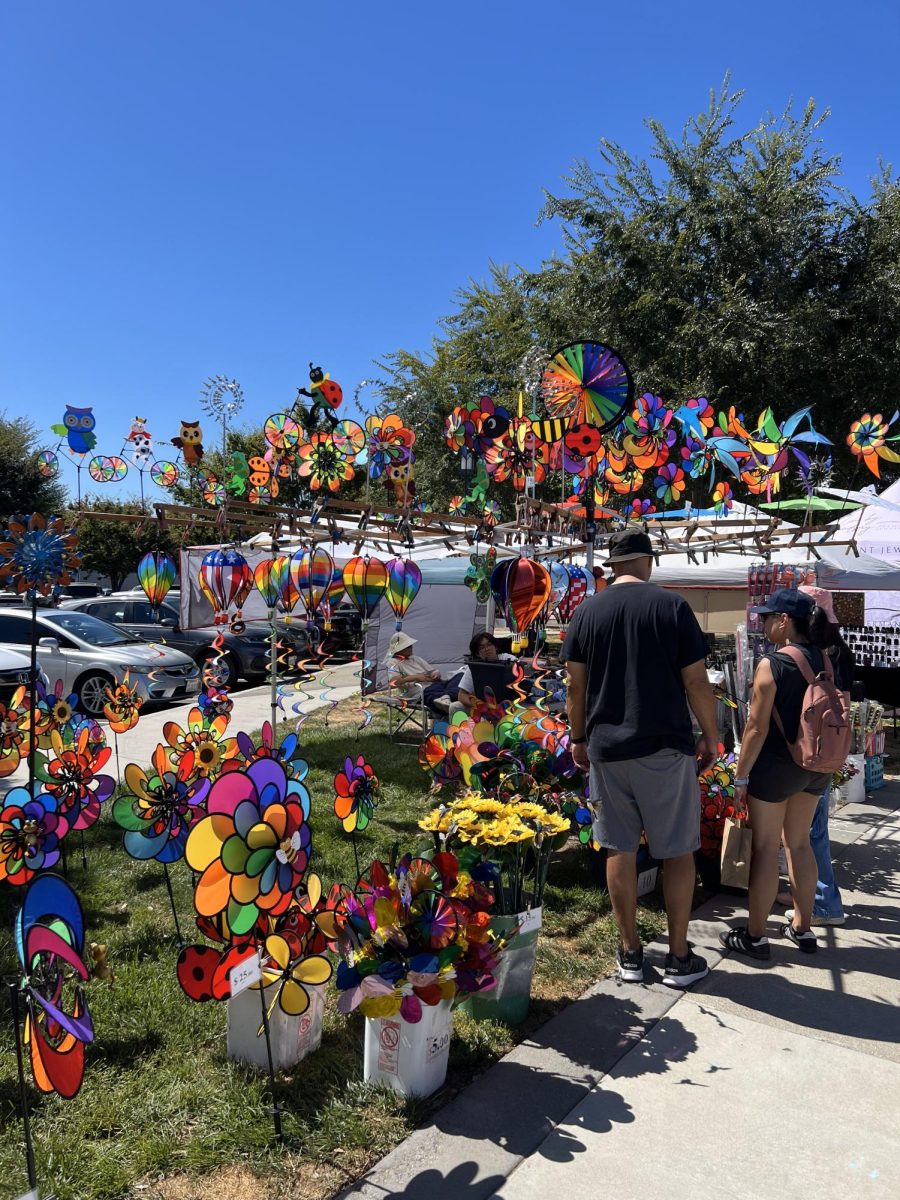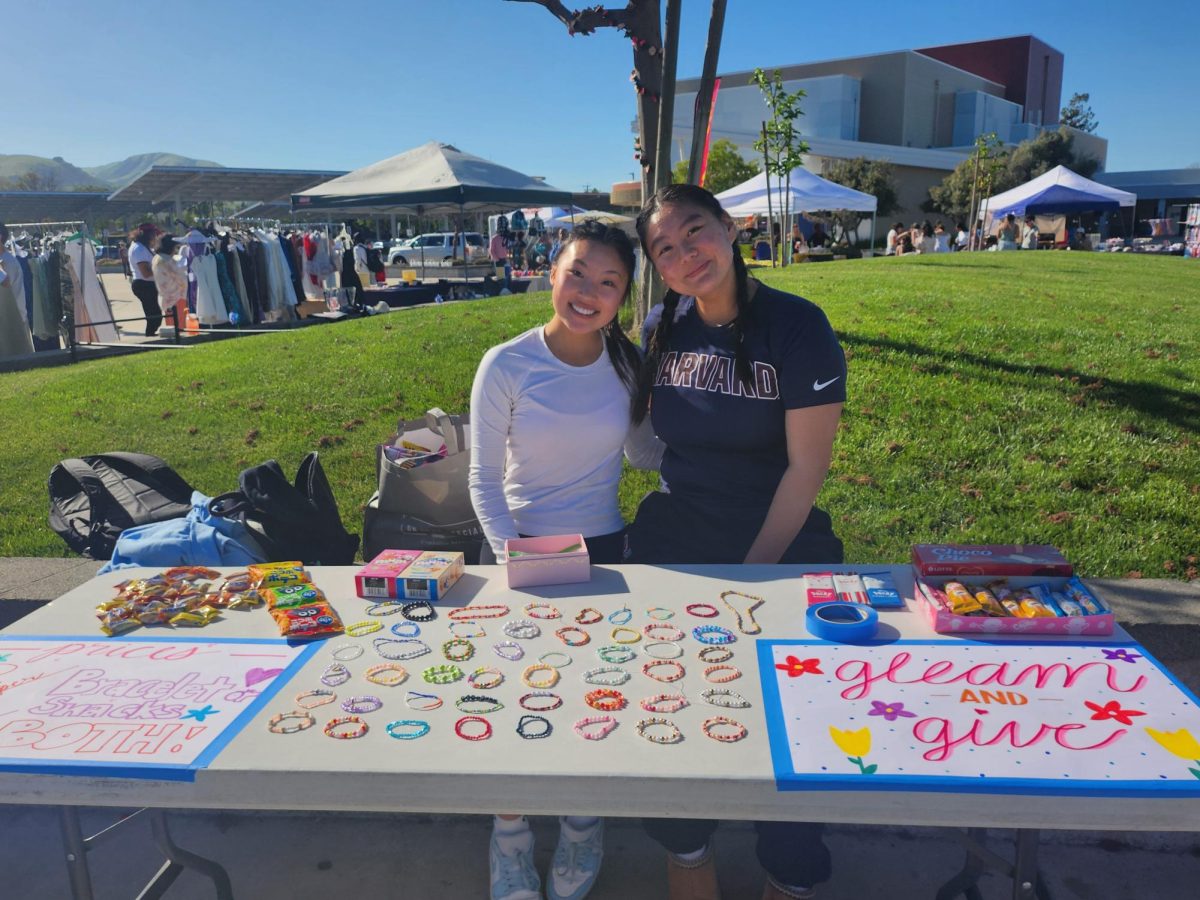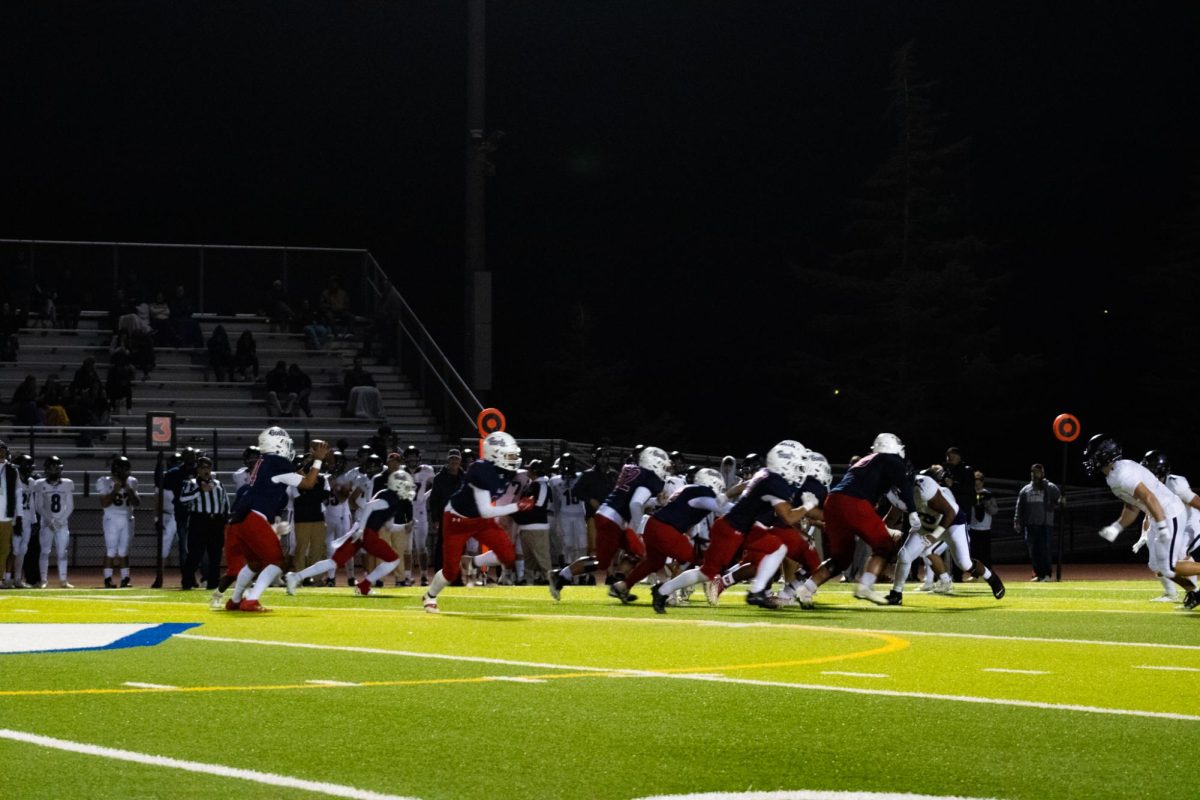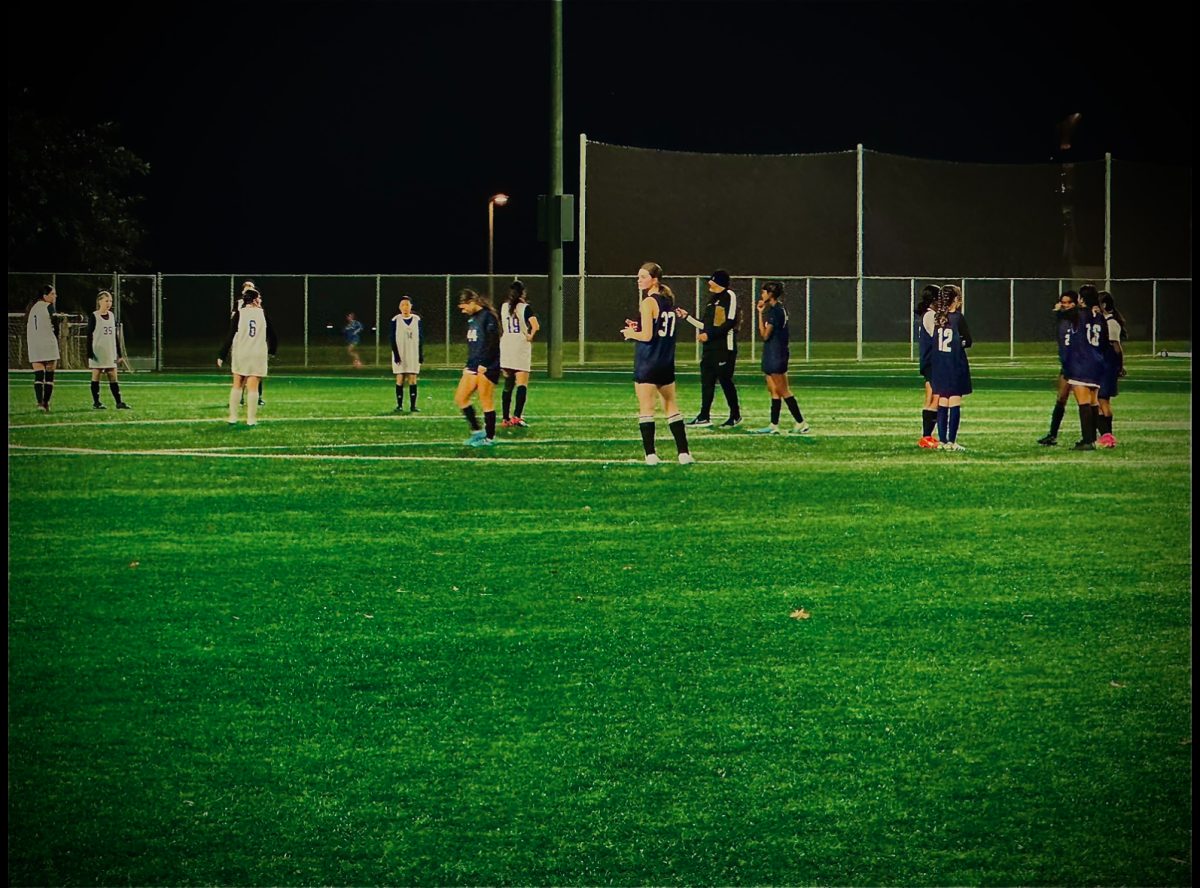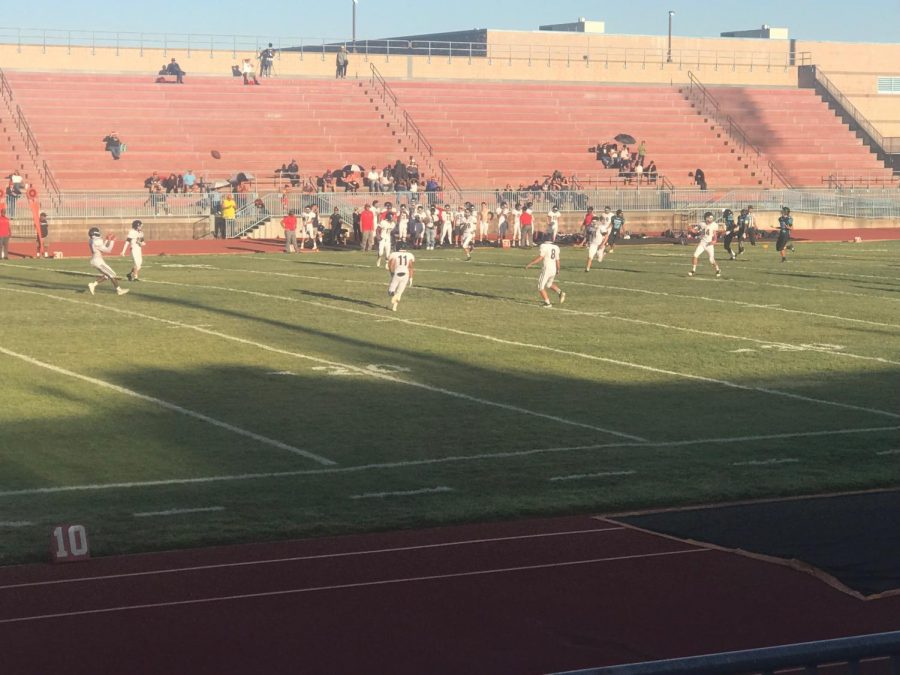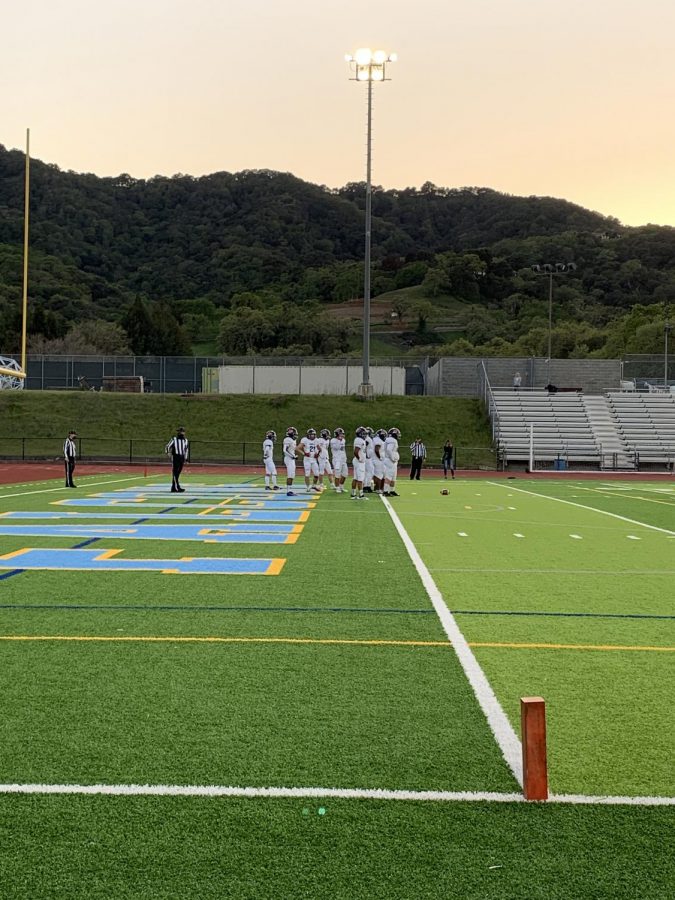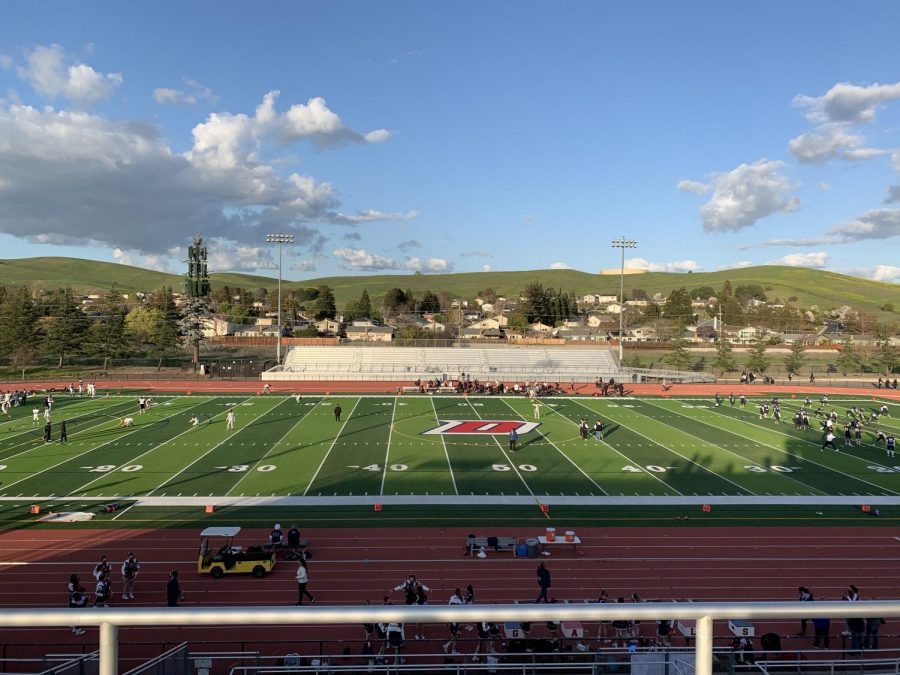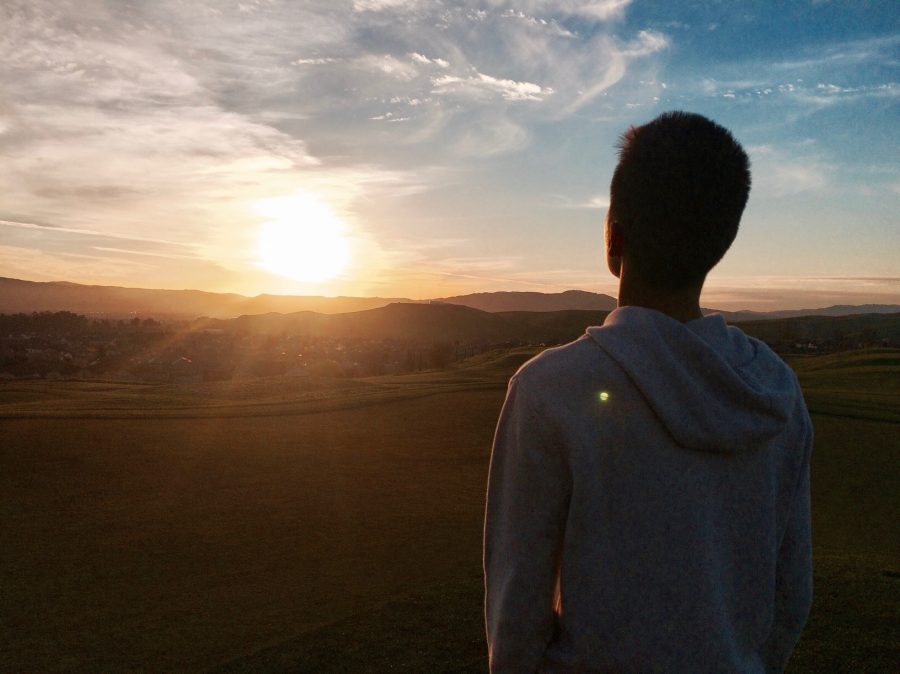Resilience
“The ability to persevere through tough situations”
We all face dilemmas in the physical world, may it be racial injustices, gender inequality, bullies, or grades. We see and understand them and, we do our best to resolve these problems. However, there’s an internal dilemma we all face individually – persevering through our mental adversities. Most of us fail to be resilient in our own constant struggles with our own thoughts and beliefs when going through a troubling situation or experience. It’s a constant struggle because it’s invisible. We don’t see it and we can’t study how to overcome our mental adversities at school because they solely focus on academics – nothing about overcoming adversities and attaining personal resilience. So how will we understand it?
The act of persevering and attaining a resilient mindset is learned from experiences and stories that tell of these experiences. You see, stories are important. We share ideas through them and the choices we’ve made on a given situation – helping us understand each other’s thought process and the outcomes of the choices people make on a given circumstance. For example, take little Jimmy. Little Jimmy is 10 years old and he tells a story to his friends about a day in the park. In this day he had ice cream and as he walked he tripped over a pile of rocks and all his ice cream fell over – boom, gone, no more ice cream for Little Jimmy. As a 10 year old, we’d expect him to burst in tears and demand another ice cream right? Instead, Jimmy tells his friends that when he fell over, he cleaned himself up -he didn’t cry- and threw away whatever was left of his ice cream and carried on with his life. He wasn’t depressed and he didn’t give up, he carried on. Even if he lost his ice cream – and we know how important ice cream was for us back at 10 years old, it had more value than money – he didn’t cry and lose hope; instead, he overcame his troubles and continued with his life. You see, the significance of such story of Jimmy telling other 10 year olds about what he did with the circumstance is that they understand or realize that there’s another way to approach problems like losing one’s ice cream – that it’s not the end of the world. You see so much of us, teens and adults, lose hope and catastrophize our experiences to extremes. Like most other 10 year olds with the situation little Johnny faced, we – teens and adults – would sadden our experiences and believe that “this is it”. Metaphorically speaking, when we face a troubling situation or experience, we “trip over it” falling down and losing all our “ice creams” then, with that fact, we lose hope and give up – forever on the ground despairing for that loss.
“Stress is basically a disconnection from the earth, a forgetting of the breath” – Natalie Goldberg
It’s a dilemma because not all of us persevere and move on, which hinders our personal growth and our community’s growth. After all, we are people living in one globe, we must strive together and raise each other up to accomplish a world of peace and love in our society. And of course, there will be times of struggles and adversities to face in attaining this goal. But, how could we persevere through those times if we aren’t resilient enough to do so? That’s why we must understand how to be resilient as an individual and as a society. This lesson – understanding how to be resilient – has a larger importance towards the teens and kids of our society because they’re 100% of our future. What troubles me is that too many students, teens, and kids today tend to lose hope, give up, and face depression. So how do we become resilient?
Utilizing the story of little Jimmy, he tells his friends of another choice he makes instead of crying and despairing for that loss. This is important because, choice is crucial in building the resilient mindset. Though a lot of us go through similar experiences, the way we act upon it is what really makes the difference. Our choices that we make, the initial reactions we have in situations, determine whether or not we stand strong in face of adversity and persevere or let it crush us to the ground. And again, like little Jimmy’s story. While other kids his age would’ve cried and stayed on the ground, Little Jimmy stood strong, cleaned his mess and continued his walk on the park. That’s why when something drastic happens, breathe and don’t panic. Such reactions may drive you right into a great wall of stress. So please, breathe and look at what you’re experiencing in another perspective, ask what you could learn from it and, don’t give up, don’t lose hope, choose wisely, be strong and continue moving forward.
From the research and interviews I’ve done, I’ve learned that resiliency is not one word but a collection of words that forms its meaning. You see, if you start typing in Google “how to be resilient” or “resilient people” you’ll only be limited to documents that have words “resilient” in them. Although you’ll get some information off of them, they’re not all that there is because resilient people are not all found under one word; the same goes for the answers on how to be resilient. To truly search and understand resiliency you must search for articles of perseverance, struggle, pain and hardship – not what you were expecting, huh? But stories and topics with these words are places where you’ll most likely understand resilience better. Another way to understand resilience and how to attain a resilient mindset is asking the people in your life about a trouble they’ve faced in the past and the choices they made to overcome it. I’ve listened to many stories told to me by my parents, grandparents, uncles, aunts and friends which really deepened my understanding of life, struggle and the importance of persevering. Storytelling is a really good teacher and it also does provide the foundation of a trusting, loving relationship between the giver and receiver ( I personally grew closer to those people I’ve listened to and shared stories with, so it’s absolutely worth a try). I’ve interviewed different age groups of people about the topic of resilience and I’ve found a similarity within them all. During a hardship they’ve each faced, especially a difficult one, they decided to persevere, not give up and lose hope – realizing that, looking at the whole picture of life, whatever they face is only a small part of it and understanding that their life is part of something larger than themselves – like the whole picture of life, the world, family, loved ones, friends- helped them persevere and stand strong through their adversities.
Resiliency and perseverance is a choice and it’s made easier if you live for something much bigger than yourself. Ghandi once said, “The best way to find yourself is to lose yourself in the service of others.” My interviewees – and others from the articles and stories I’ve read people facing a devastating adversity – moved past their adversity by believing in themselves, and realized that “standing up” to obstacles is not only for them but for this larger picture of life – society, the future, loved ones, family, and friends. One of my favorite quote from an interviewee is, “It’s quite contradictory. In giving up of ourselves and being selfless, we actually find ourselves. And so when we have the foundation of ‘I’m not gonna live my life for myself’ the decisions I make aren’t for my own benefit but for others then we know who we are. And that’s how to build a strong foundation – knowing who we are.” Which is profound because those who’ve made a huge impact on our world did it for something much larger than themselves. And here is someone who the world hasn’t heard about – at least not yet – stating this claim similar to what other well known leaders and teachings (like Ghandi and the Bible) have taught for decades and centuries. Generation after generation, this lesson of seeing your life as part of this larger picture of life has been passed, understood, and revealed to many yet, here we are struggling to persevere and strive. With all this research, I personally apply it to my life and when a difficulty arises I think of my family and friends – holding on to them – I personally take it all in and do my absolute best to persevere for myself and them. The choices we make in these situations define our being and, just so you know, our being is not concrete. We don’t have a definitive self, we’re always subject to change and so we must learn how to go about every circumstance. And every adversity we face is a chance to grow, learn and persevere. Choose to conquer and live on, even though it’s painful. After all, choosing either a wrong or right choice – it’s like a double-edged sword, either may be tough and painful in their own ways. But you can choose which type of pain so choose wisely. As Prince EA once said, “Pain is life but you can choose which type either the pain to the road of success or the pain of being haunted with regret. So don’t think twice you have this gift of life”. So remember, resiliency and perseverance is a choice. Either choose the pain to the road of perseverance and success or choose the pain to the road of regret and despair. Up to you, but please choose wisely.
We can all be resilient. And we should all know that resilience is not a gene passed down from generation to generation. Rather, it’s a characteristic; an attribute exhibited by an individual long after the excitement of the understanding has passed. And yes, it does take time, discipline, patience and love, and that’s all right. It’s a two-edged sword, after all; attaining resilience may be tedious at first but as time passes, you’ll grow stronger and better at doing so and will live – I believe – a more meaningful life. So please choose wisely, don’t wait, and be resilient.
“Not everyone will understand your journey and that’s fine. It’s not theirs to make sense of, it’s yours.”
Your donation will support the student journalists of Dublin High School. Your contribution will allow us to purchase equipment and cover our annual website hosting costs.












